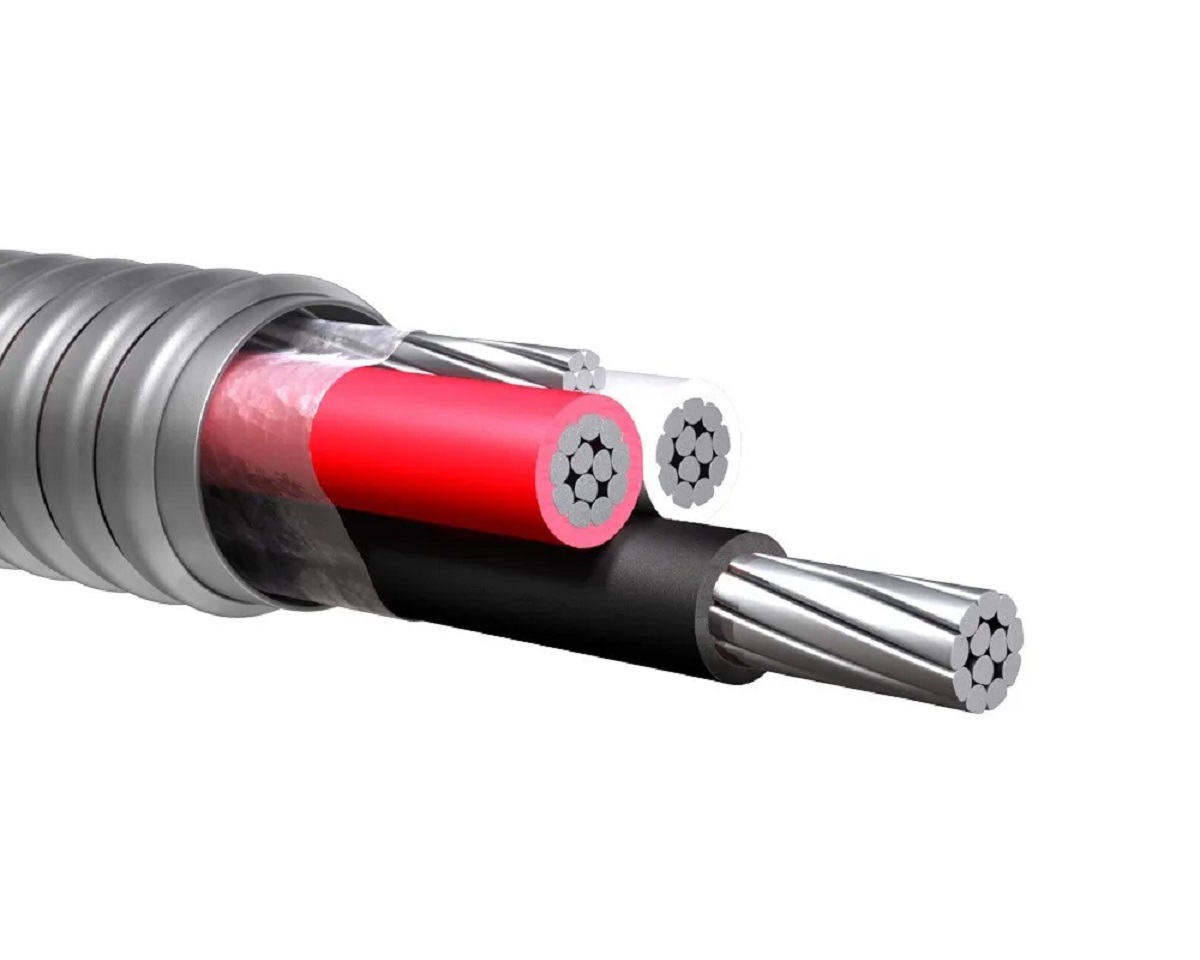

Articles
What Size Conduit For 2/0 Aluminum Wire
Modified: March 1, 2024
Find out the correct size of conduit for 2/0 aluminum wire with our informative articles. Learn how to choose the right conduit size for your electrical projects.
(Many of the links in this article redirect to a specific reviewed product. Your purchase of these products through affiliate links helps to generate commission for Storables.com, at no extra cost. Learn more)
Introduction
When it comes to electrical wiring, choosing the right conduit size is crucial to ensure a safe and efficient installation. If you’re working with 2/0 aluminum wire, it’s essential to understand what size conduit is appropriate for your project. Conduit not only provides protection for the wire, but it also helps to organize and conceal it, making for a neater and more professional-looking installation.
In this article, we will explore the factors to consider when selecting conduit size for 2/0 aluminum wire, as well as the benefits of using conduit. We will also guide you on how to calculate the required conduit size for your specific project and provide recommended conduit sizes for 2/0 aluminum wire.
So, whether you’re a seasoned electrician or a DIY enthusiast looking to tackle a wiring project, read on to learn more about conduit sizes for 2/0 aluminum wire.
Key Takeaways:
- Choosing the right conduit size for 2/0 aluminum wire is crucial for a safe and efficient electrical installation. Understanding conduit sizes, calculating the required size, and considering important factors are key to a successful wiring project.
- Using conduit for 2/0 aluminum wire offers numerous benefits, including protection, organization, concealment, reduced electromagnetic interference, and code compliance. Factors such as wire diameter, fill capacity, and future expansion should be considered when choosing conduit size.
Read more: What Size Conduit For 12/2 Wire
Understanding Conduit Sizes
Conduit sizes are measured based on the inside diameter (ID) of the conduit. The most commonly used conduit sizes for residential and commercial wiring projects range from 1/2 inch to 4 inches in diameter. The size of the conduit determines the maximum number and size of wires that can fit inside.
Conduit is available in different materials, including metal (such as steel or aluminum) and non-metallic (such as PVC). Each material has its own advantages and is suitable for different applications. The size of the conduit you choose will depend on various factors, including the type and number of wires, the installation environment, and any specific code requirements.
It’s important to note that conduit sizes are standardized and may vary depending on the country or region. In the United States, the National Electrical Code (NEC) provides guidelines on conduit sizing and installations to ensure electrical safety.
When selecting conduit for 2/0 aluminum wire, it’s essential to consider the diameter of the wire, as well as the fill capacity of the conduit. The fill capacity is the maximum number and size of wires that can be safely installed in the conduit without causing overheating or excessive resistance.
Next, we will discuss the benefits of using conduit for 2/0 aluminum wire.
Benefits of Using Conduit for 2/0 Aluminum Wire
Using conduit for 2/0 aluminum wire offers several advantages that contribute to the safety and efficiency of electrical installations. Here are some of the key benefits:
- Protection: Conduit provides physical protection to the wire, shielding it from potential damage due to impact, moisture, chemicals, and other external factors. This ensures the durability and longevity of the wiring system.
- Organization: Conduit helps to keep the wires organized and neatly contained within a designated pathway. This makes troubleshooting, maintenance, and future modifications much easier, as the wires are easily accessible and identifiable.
- Concealment: Conduit allows for a clean and professional-looking installation by concealing the wires. This is particularly beneficial in environments where aesthetics are important, such as residential or commercial spaces.
- Reduced Electromagnetic Interference (EMI): Conduit can act as a shield, reducing the amount of electromagnetic interference that can affect sensitive electronic equipment. This is especially valuable in industrial settings or areas with high EMI levels.
- Compliance with Codes and Regulations: Using conduit for electrical wiring ensures compliance with relevant electrical codes and regulations. This is important to maintain safety standards and avoid potential penalties or legal issues.
Overall, using conduit for 2/0 aluminum wire provides peace of mind, knowing that the wiring system is protected, organized, and compliant with industry standards. Now that we understand the benefits of conduit, let’s explore the factors to consider when choosing the right conduit size for your project.
Factors to Consider When Choosing Conduit Size
Choosing the right conduit size for 2/0 aluminum wire involves considering several important factors. Here are the key factors to keep in mind when making your decision:
- Wire Diameter: The diameter of the wire plays a crucial role in determining the appropriate conduit size. Measure the diameter of the 2/0 aluminum wire before selecting the conduit size to ensure a proper fit.
- Fill Capacity: Each conduit has a maximum fill capacity, which dictates the number and size of wires that can be safely installed. Refer to the manufacturer’s specifications or consult the National Electrical Code (NEC) to determine the maximum fill capacity of the chosen conduit size.
- Pull and Bend Radius: Consider the ease of pulling the wires through the conduit and the ability to make bends without causing damage or excessive strain on the wires. Larger conduit sizes typically offer more flexibility in this regard.
- Installation Environment: Assess the installation environment to determine if any particular conditions or code requirements influence the choice of conduit size. For example, conduit may need to be sized up if it passes through high-temperature areas or if it contains more than the allowed number of conductors.
- Future Expansion: If you anticipate future electrical expansions or additions, it’s wise to choose a conduit size that allows for easy accommodation of additional wires. This can save time and effort in the long run.
- Code Compliance: Ensure that the chosen conduit size complies with the local electrical codes and regulations. Adhering to these standards is essential for safety and to avoid potential issues during inspections or audits.
By considering these factors, you can select the appropriate conduit size that not only accommodates the 2/0 aluminum wire but also meets the requirements of your specific project. Now, let’s move on to the next step: calculating the required conduit size for your installation.
When using 2/0 aluminum wire, the recommended conduit size is 2 inches. This will provide enough space for the wire to be pulled through without causing damage and allow for proper ventilation.
Calculating Conduit Size for 2/0 Aluminum Wire
Calculating the required conduit size for 2/0 aluminum wire involves determining the fill capacity and choosing a conduit size that can accommodate the wire without exceeding the maximum fill. Here is a step-by-step guide to help you calculate the conduit size:
- Measure Wire Diameter: Measure the diameter of the 2/0 aluminum wire using a caliper or wire gauge tool. Ensure accurate measurements for precise calculations.
- Consult Manufacturer’s Data: Refer to the manufacturer’s data or the National Electrical Code (NEC) to find the recommended conduit fill capacity for the given wire size.
- Calculate Wire Fill: Calculate the wire fill by using the cross-sectional area of the 2/0 aluminum wire. You can use a wire fill chart or an online calculator to determine the exact fill value based on the wire diameter.
- Find Conduit Fill Capacity: Refer to the conduit fill capacity tables provided by the manufacturer or the NEC. These tables specify the maximum number and size of wires that can be safely installed in a particular conduit size.
- Accommodate Other Wires: If you’re planning to install additional wires in the same conduit, account for their fill capacity as well. Add up the fill values of all the wires to determine the total conduit fill.
- Select Conduit Size: Once you have the total conduit fill, compare it with the maximum fill capacity specified for each conduit size. Choose the conduit size that accommodates the total fill without exceeding the maximum allowed capacity.
It’s worth noting that it’s always a good idea to consult the local electrical code and regulations for any specific requirements or restrictions on conduit size calculations in your area. By following these steps, you can ensure a properly sized conduit that efficiently houses your 2/0 aluminum wire. In the next section, we will provide some recommended conduit sizes for 2/0 aluminum wire based on common installation scenarios.
Read more: What Size Conduit For A 4-Gauge Wire
Recommended Conduit Sizes for 2/0 Aluminum Wire
When it comes to selecting the appropriate conduit size for 2/0 aluminum wire, there are several commonly used options depending on the specific installation scenario. Here are some recommended conduit sizes for different applications:
- Residential Wiring: For typical residential electrical wiring applications, a 1-inch conduit is often sufficient to accommodate 2/0 aluminum wire. This size provides ample space for the wire, as well as any necessary insulation or grounding conductors.
- Commercial Buildings: In commercial buildings, larger conduit sizes may be required to handle the larger current loads and to allow for future expansions. A 1.25-inch or 1.5-inch conduit is commonly used for 2/0 aluminum wire in commercial applications.
- Industrial Settings: Industrial environments often have more demanding electrical requirements. In these cases, a 2-inch or larger conduit may be necessary to accommodate 2/0 aluminum wire and any additional conductors that may be required for specific equipment or machinery.
- Outdoor Installations: When installing 2/0 aluminum wire outdoors, it’s important to consider factors such as exposure to sunlight, moisture, and temperature variations. In such cases, choosing a conduit size that allows for additional insulation or protective measures may be necessary.
- Long Runs or Conduit Bends: If you’re dealing with long conduit runs or multiple bends, it’s advisable to select a slightly larger conduit size to minimize installation challenges and ensure smooth wire pulling without excessive strain or damage.
Keep in mind that these are general recommendations, and it’s always important to consult the specific requirements of your project, including local codes and regulations. Additionally, working with a licensed electrician or seeking professional advice can ensure that you choose the most appropriate conduit size for your specific application.
Now that we’ve covered the recommended conduit sizes, let’s summarize the key points discussed in this article.
Conclusion
Choosing the right conduit size for 2/0 aluminum wire is essential for a safe and efficient electrical installation. By understanding conduit sizes, considering important factors, and calculating the required size, you can ensure a successful wiring project that meets industry standards and regulatory requirements.
Using conduit for 2/0 aluminum wire offers numerous benefits, including protection, organization, concealment, reduced electromagnetic interference, and code compliance. It not only safeguards the wire but also enhances the overall aesthetics and functionality of the electrical system.
Factors such as wire diameter, fill capacity, installation environment, future expansion, and code compliance should be taken into account when choosing conduit size. Calculating the conduit size involves measuring wire diameter, consulting manufacturer data, calculating wire fill, determining conduit fill capacity, and selecting a size that accommodates the total capacity.
Recommended conduit sizes for 2/0 aluminum wire depend on the specific application, such as residential, commercial, or industrial settings. Factors like outdoor installations, long runs, bends, and the need for additional insulation or protection should also be considered.
Remember to consult local electrical codes and regulations for any specific requirements related to conduit sizing in your area. If in doubt, seek the advice of a licensed electrician or professional to ensure the correct choice of conduit size for your project.
With the right conduit size, you can guarantee the safety, durability, and efficiency of your electrical wiring installation. So, take the time to carefully assess your needs, make accurate calculations, and select the appropriate conduit size to ensure a successful wiring project with 2/0 aluminum wire.
Frequently Asked Questions about What Size Conduit For 2/0 Aluminum Wire
Was this page helpful?
At Storables.com, we guarantee accurate and reliable information. Our content, validated by Expert Board Contributors, is crafted following stringent Editorial Policies. We're committed to providing you with well-researched, expert-backed insights for all your informational needs.
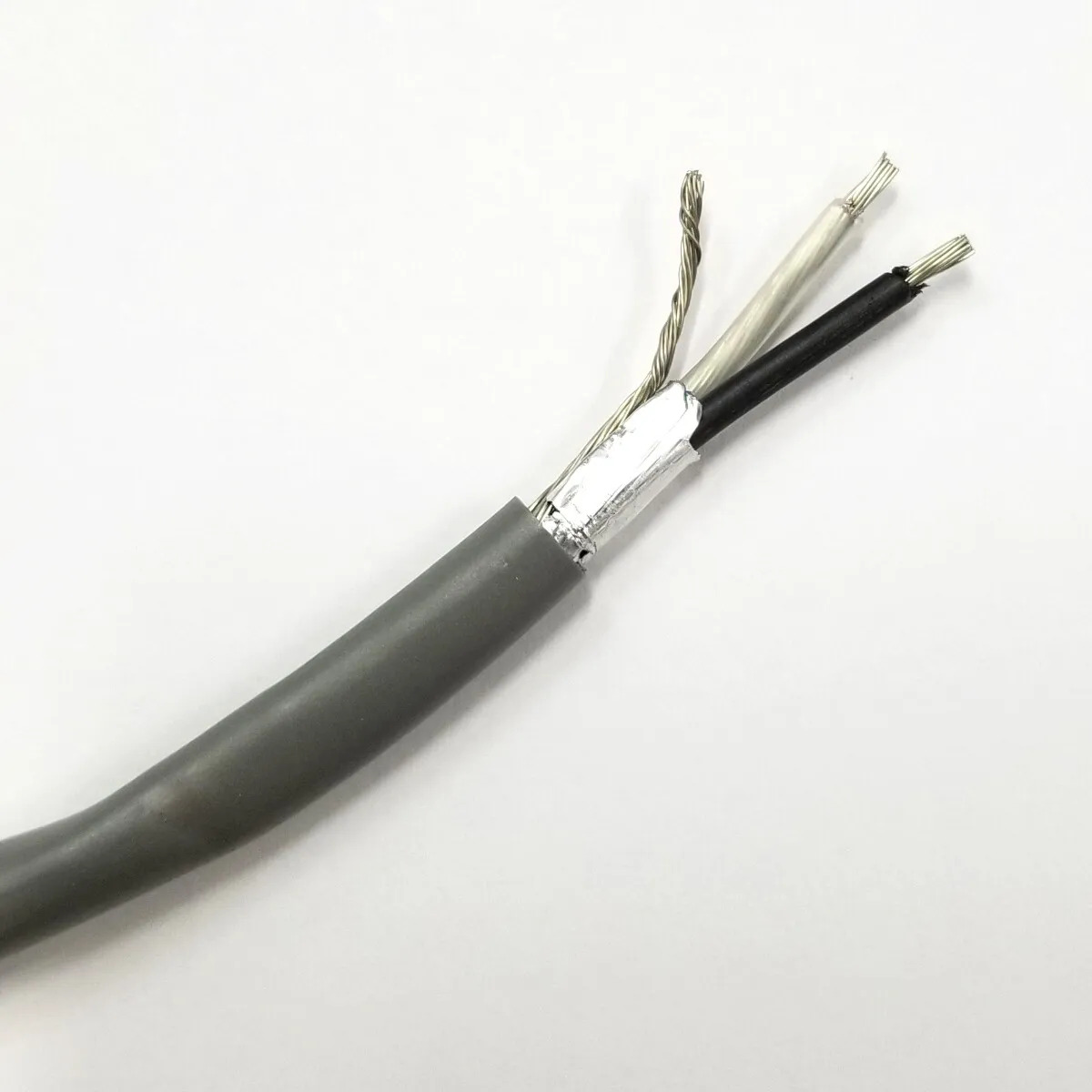
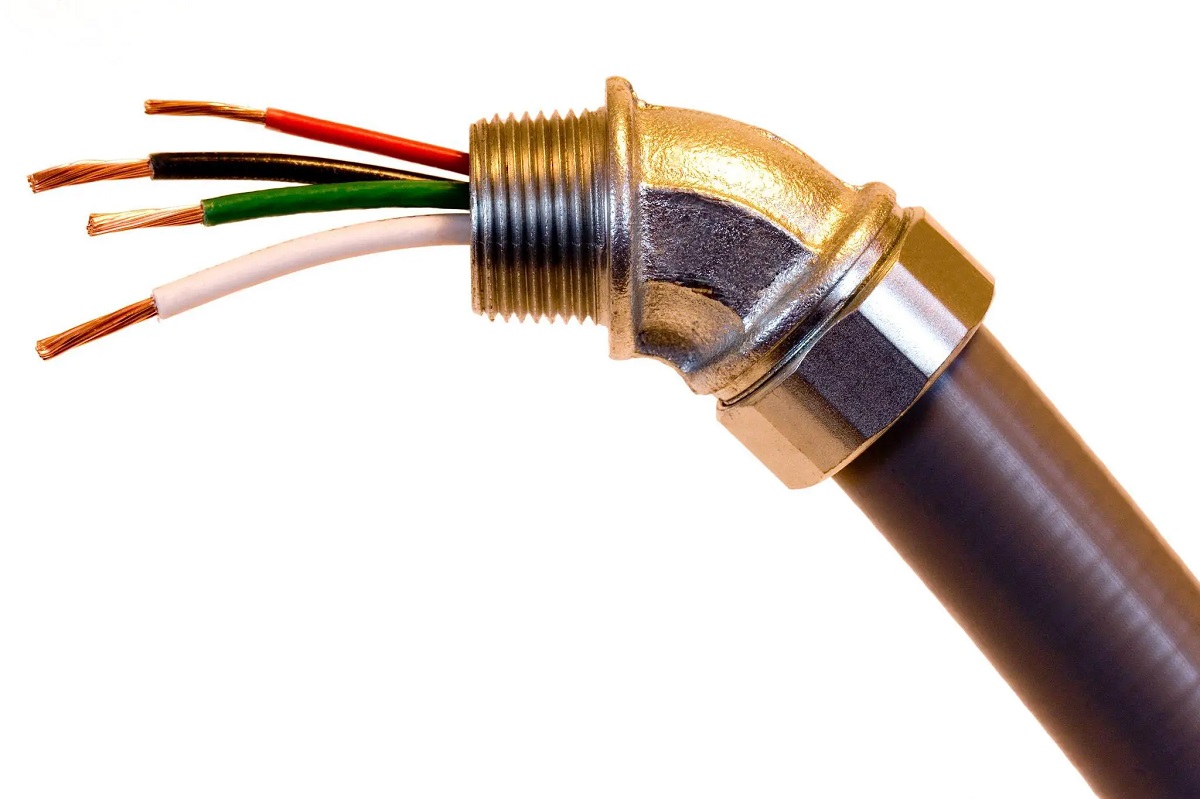
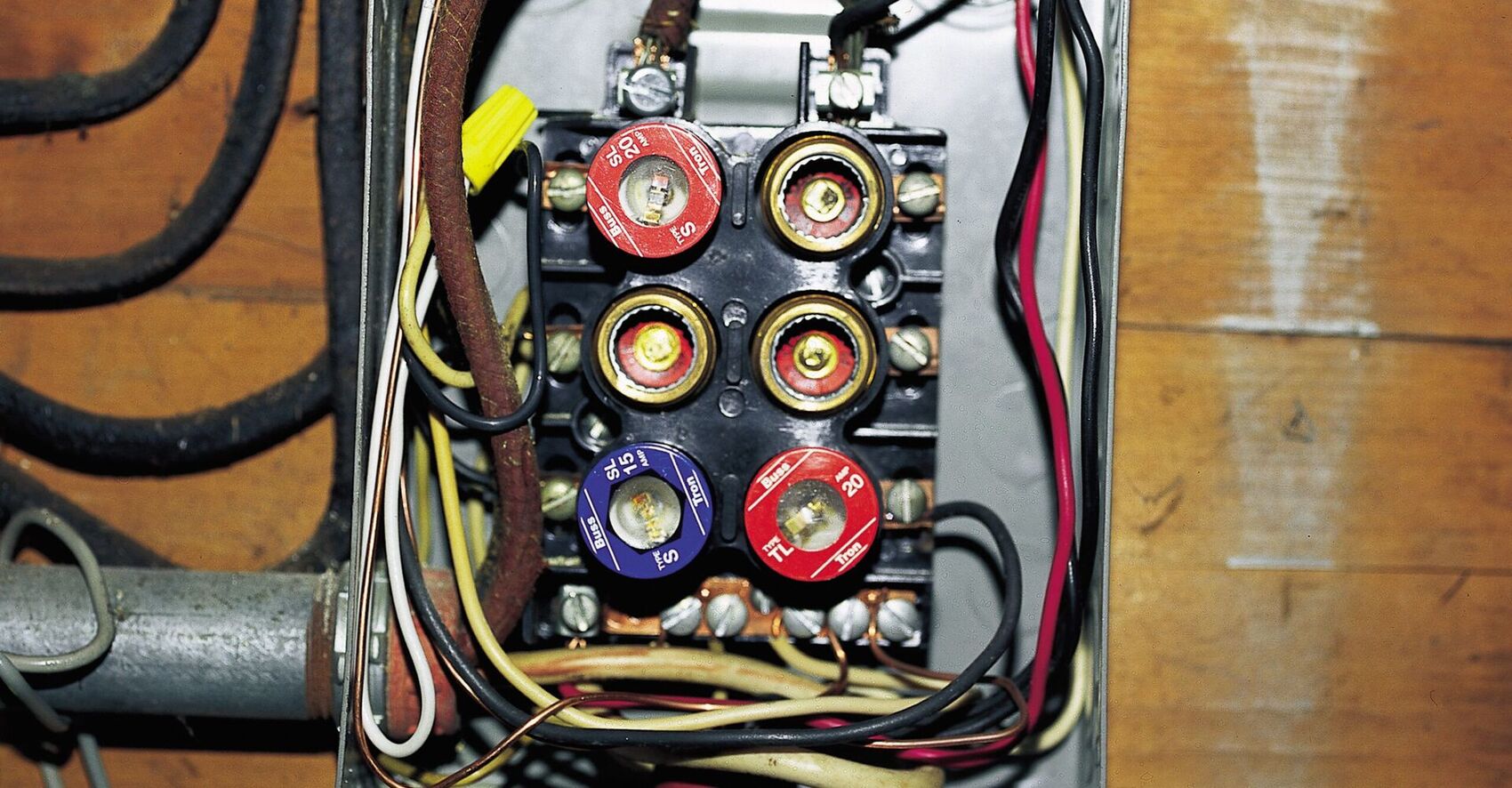
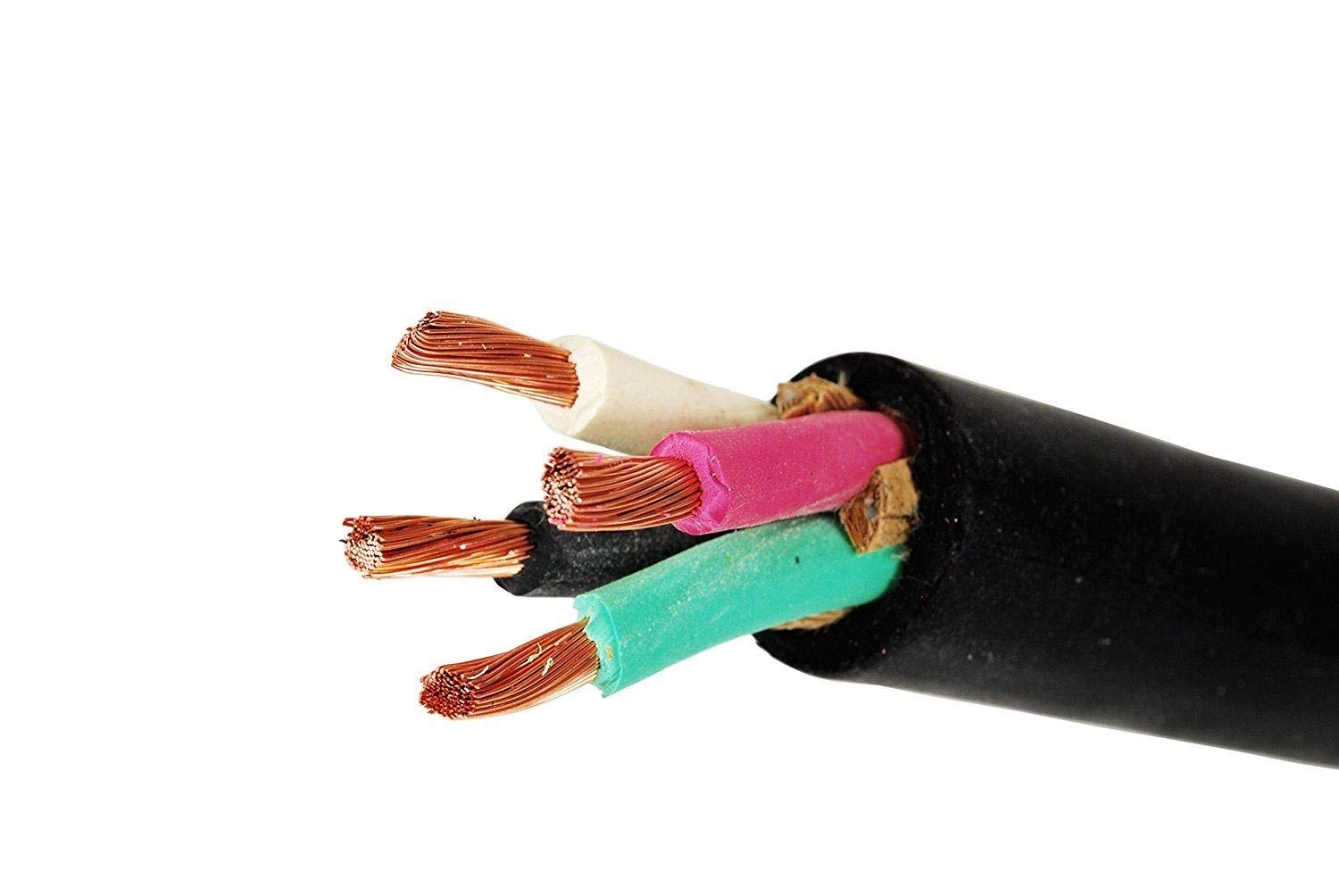
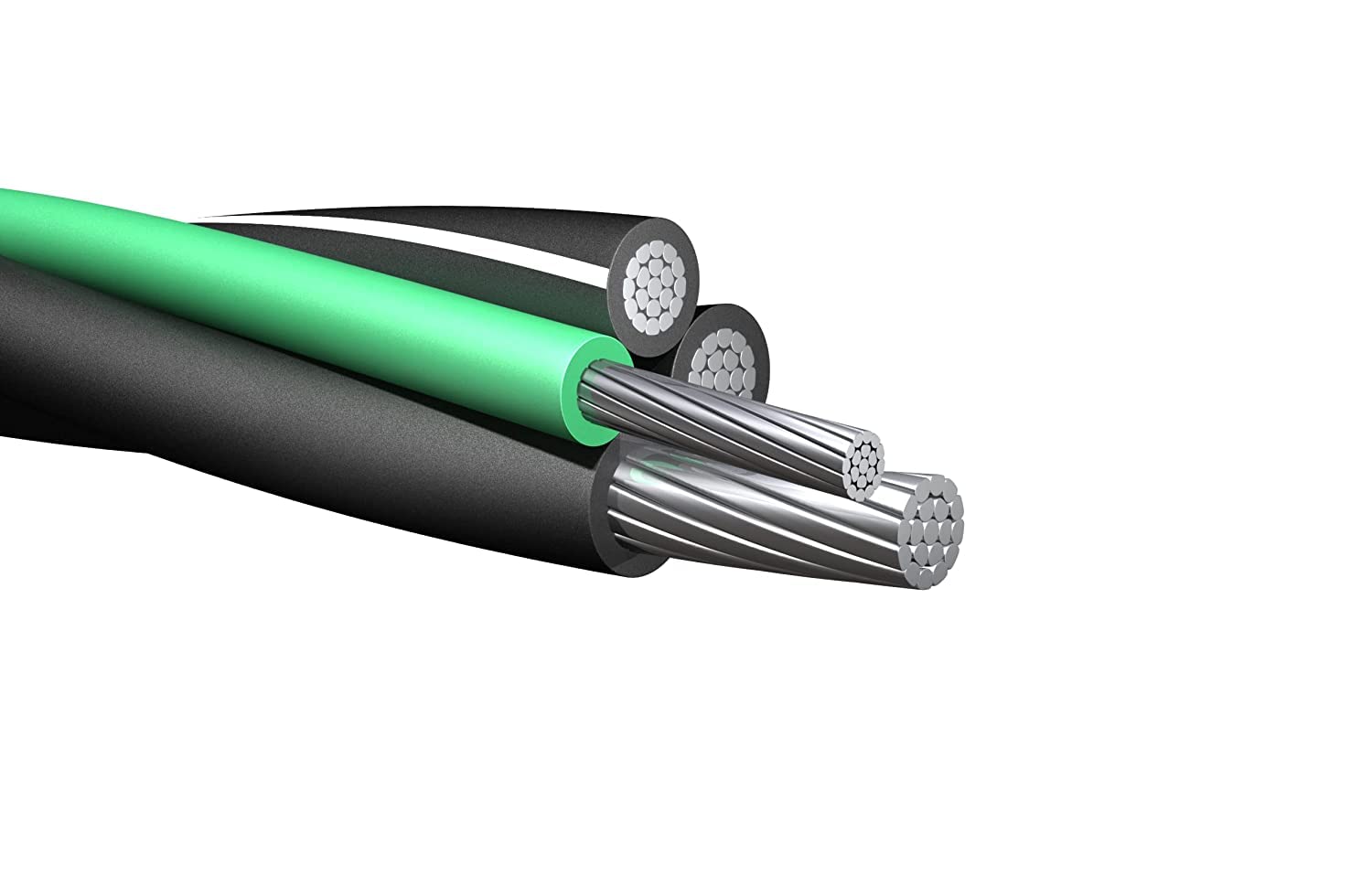

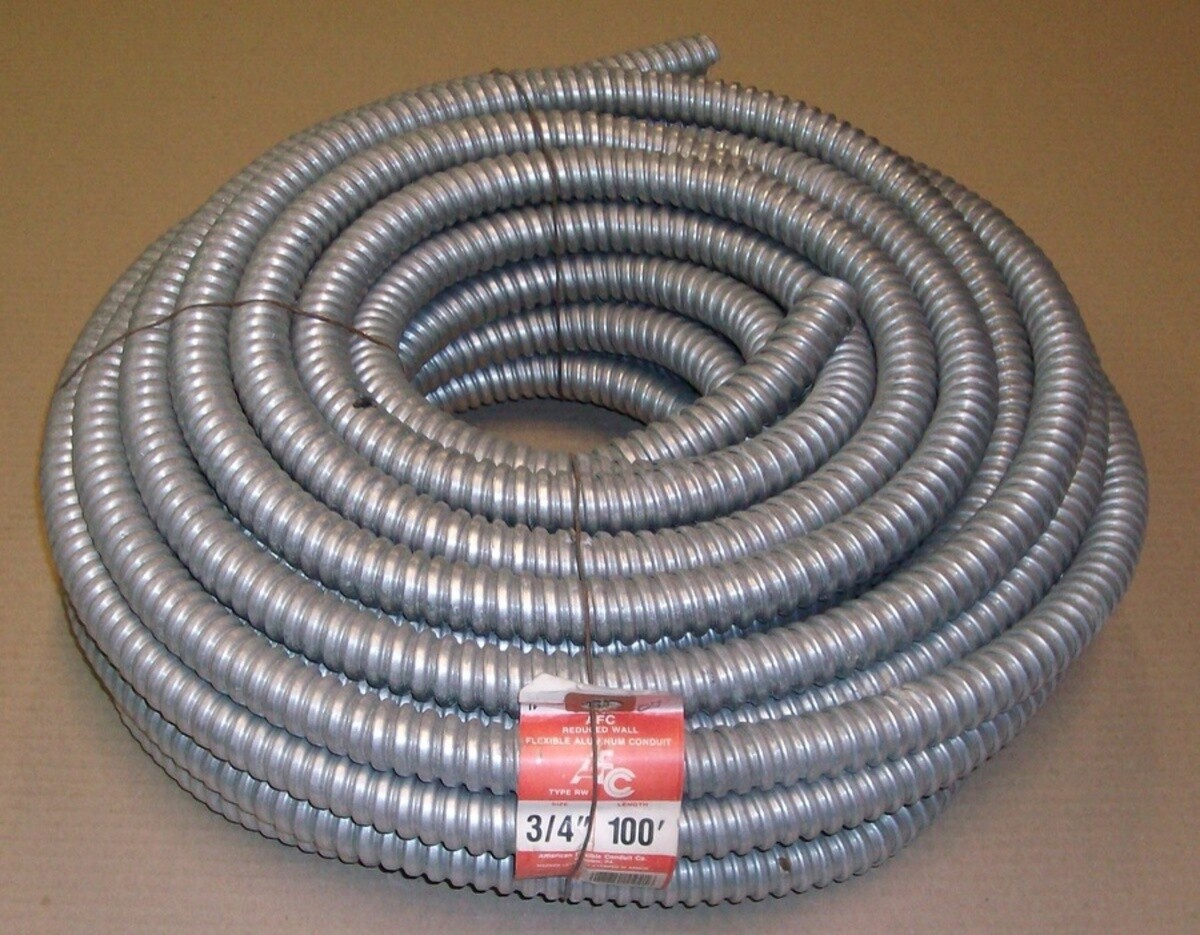
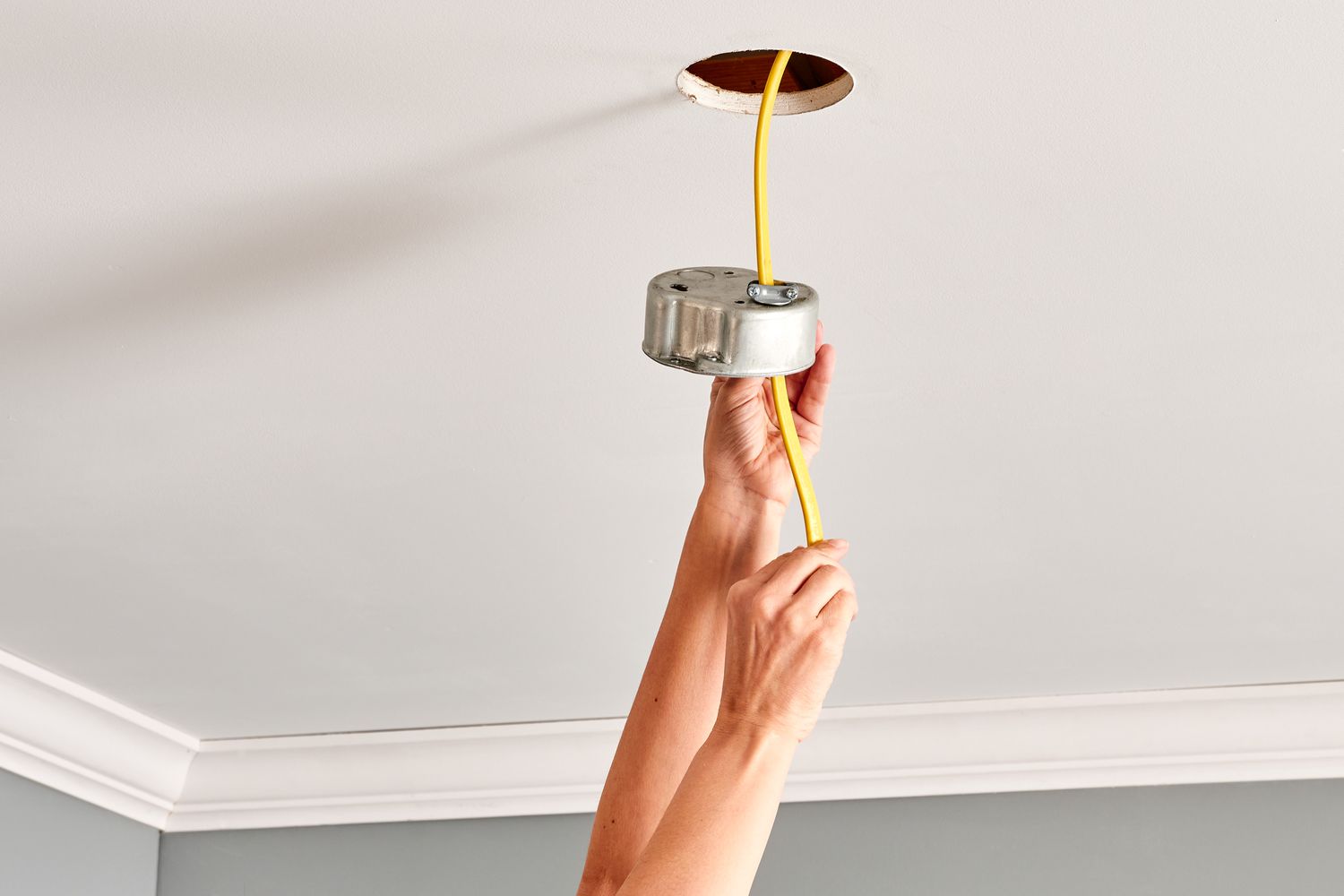
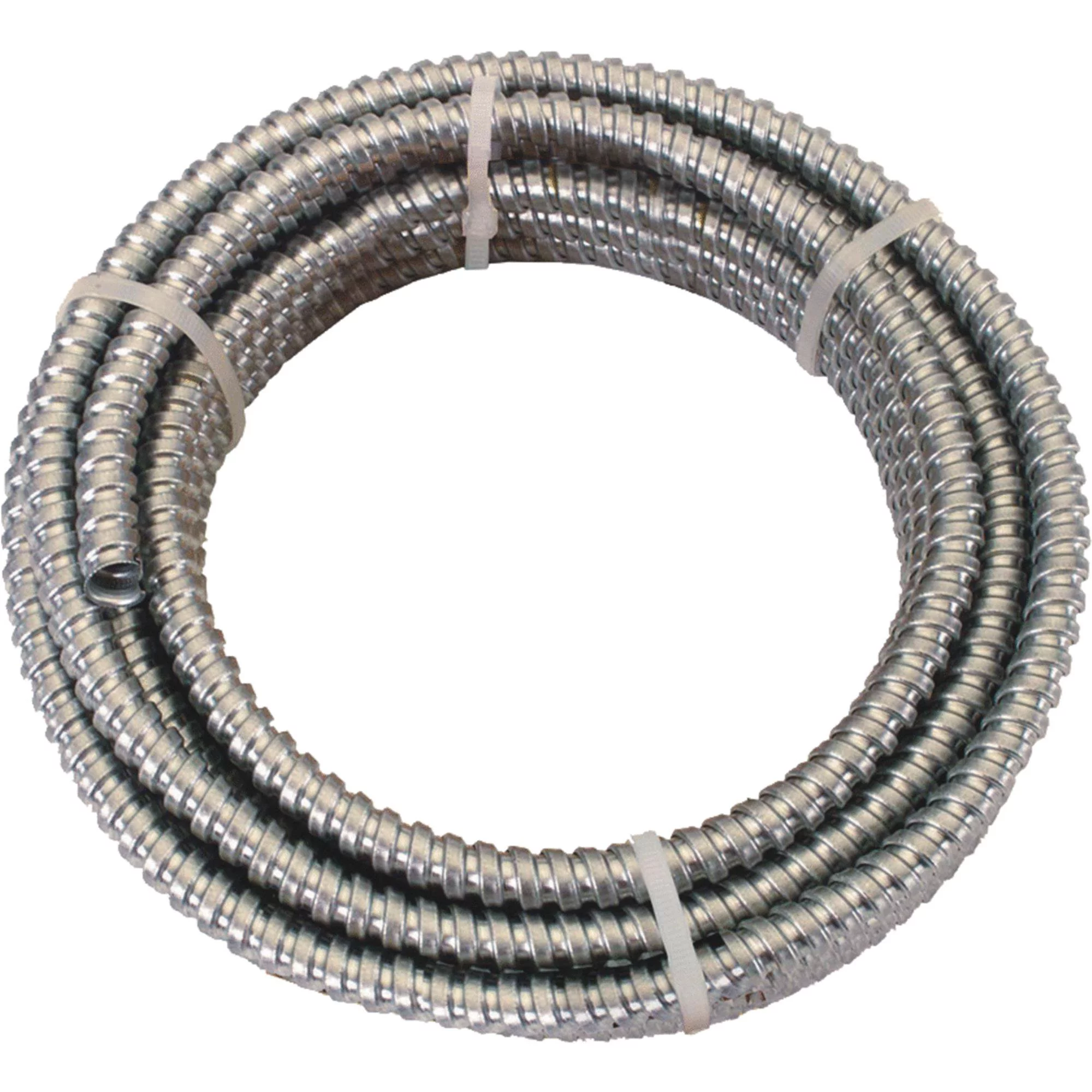
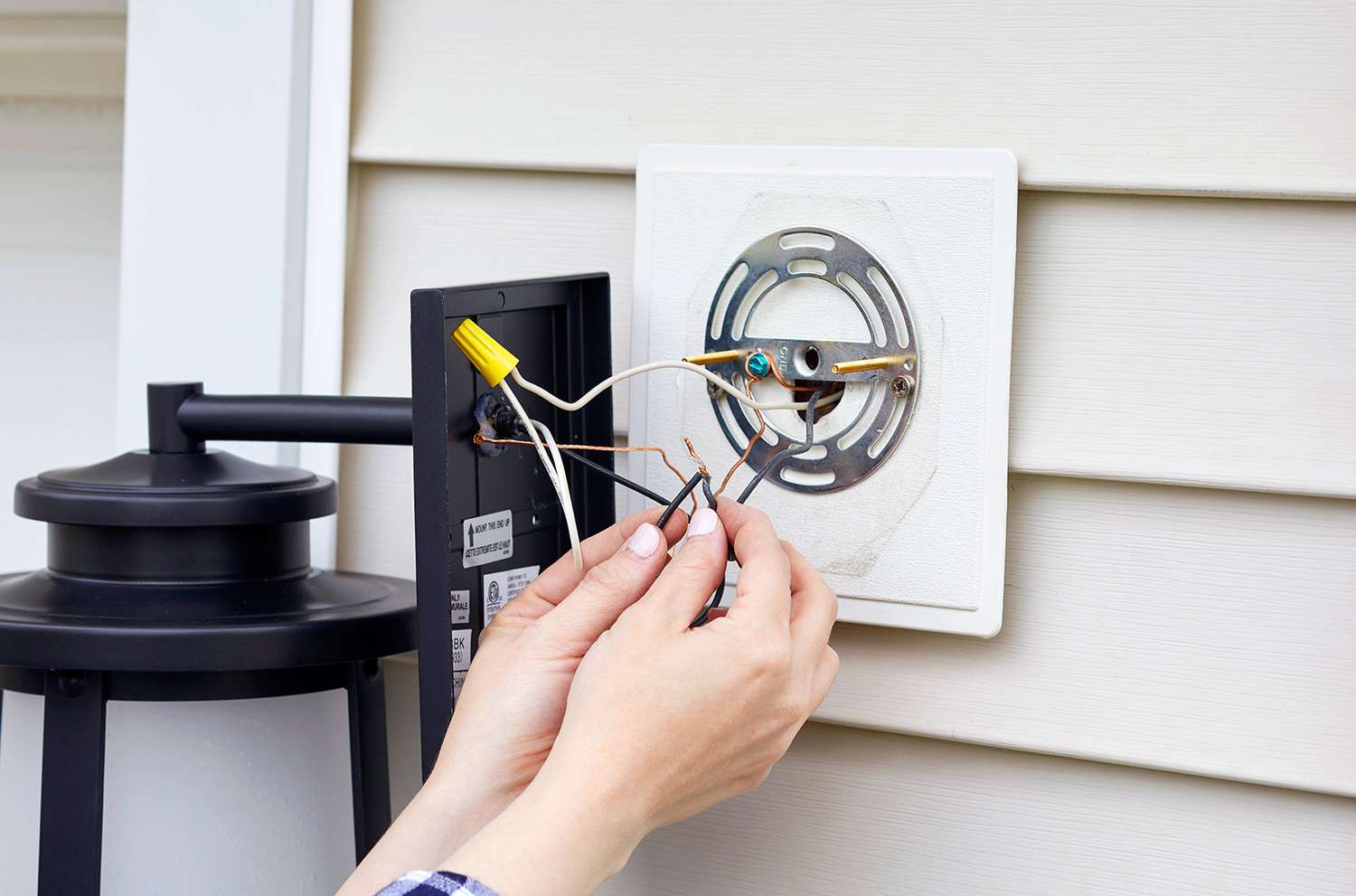
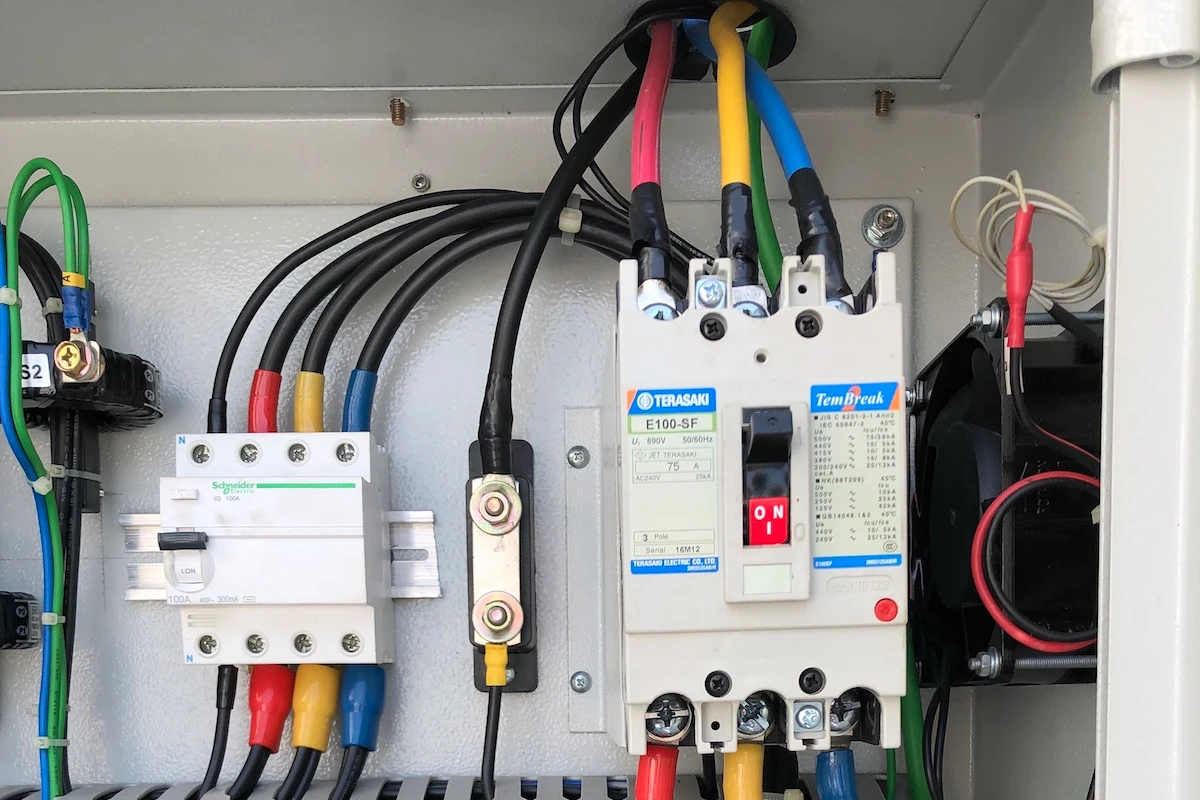
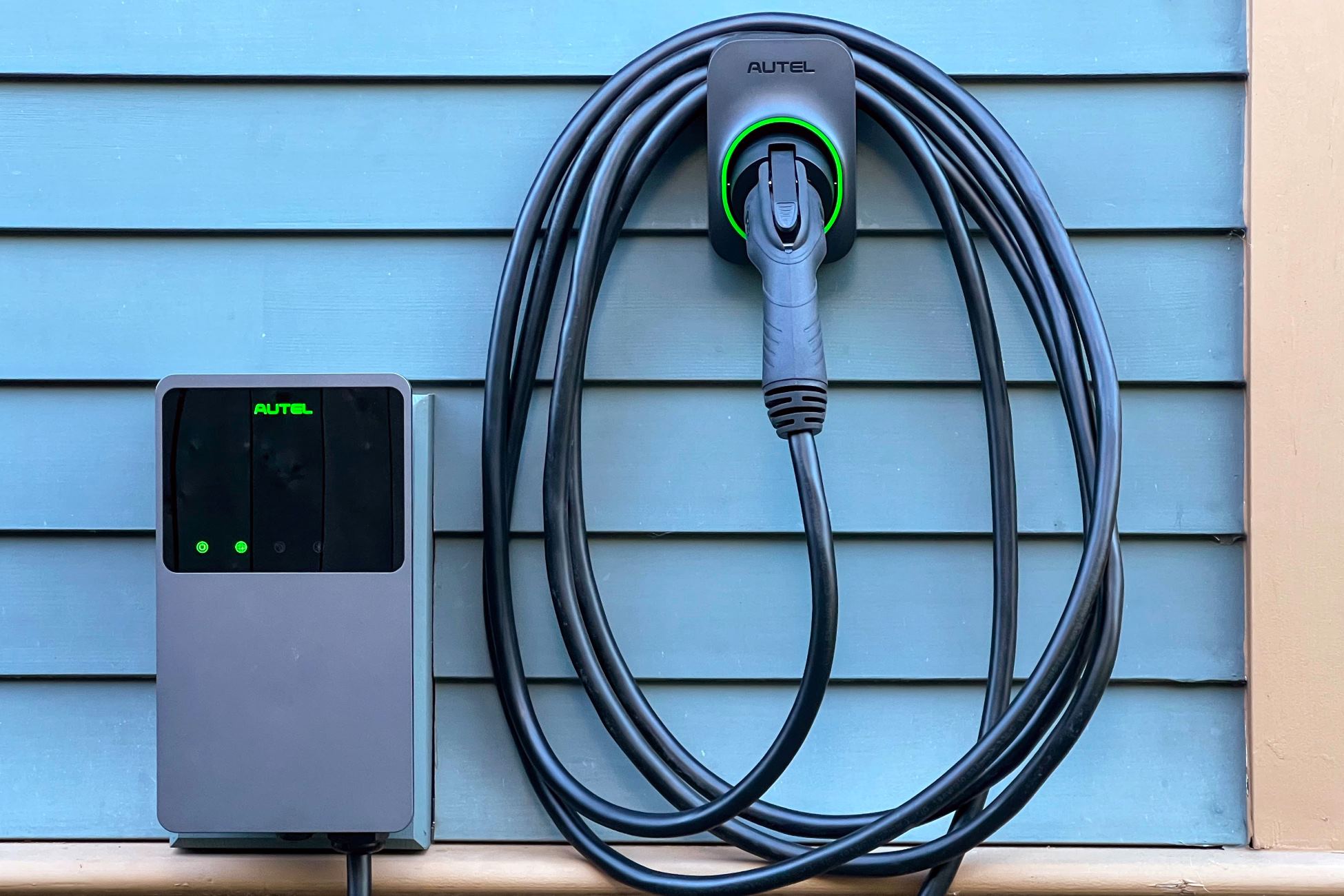
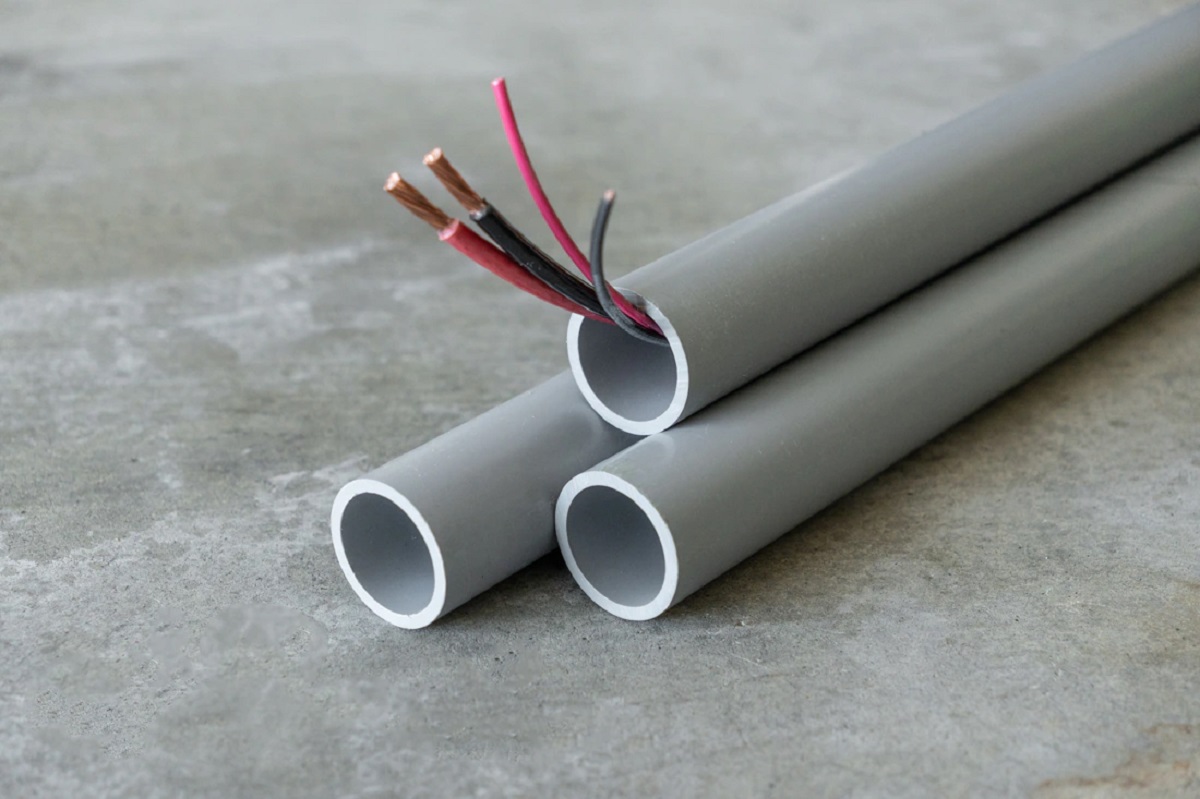
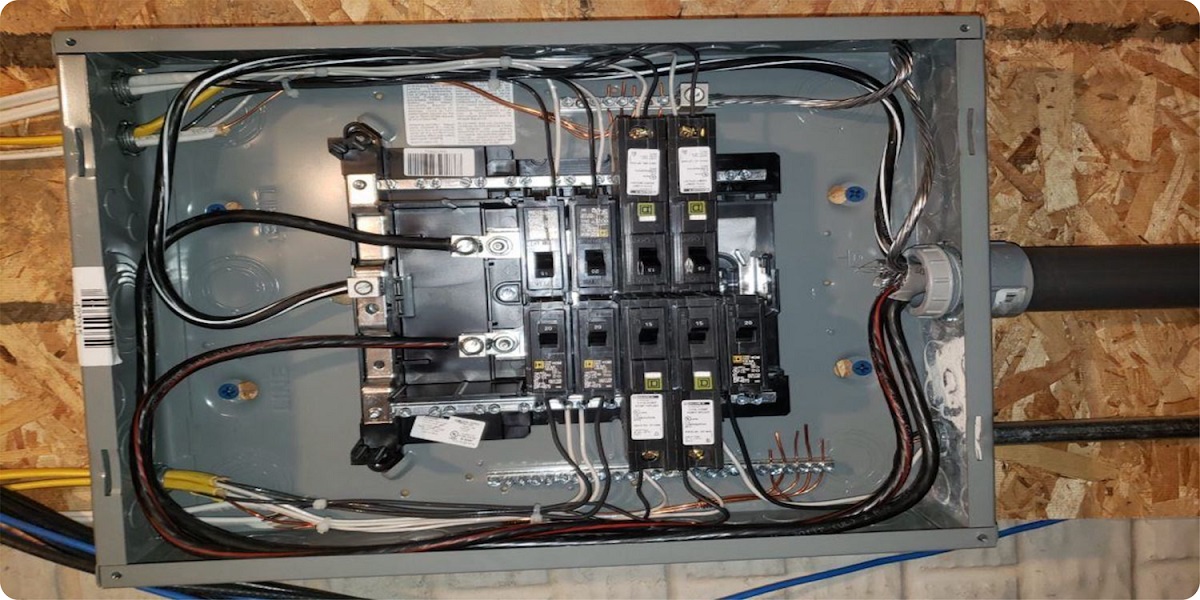

0 thoughts on “What Size Conduit For 2/0 Aluminum Wire”